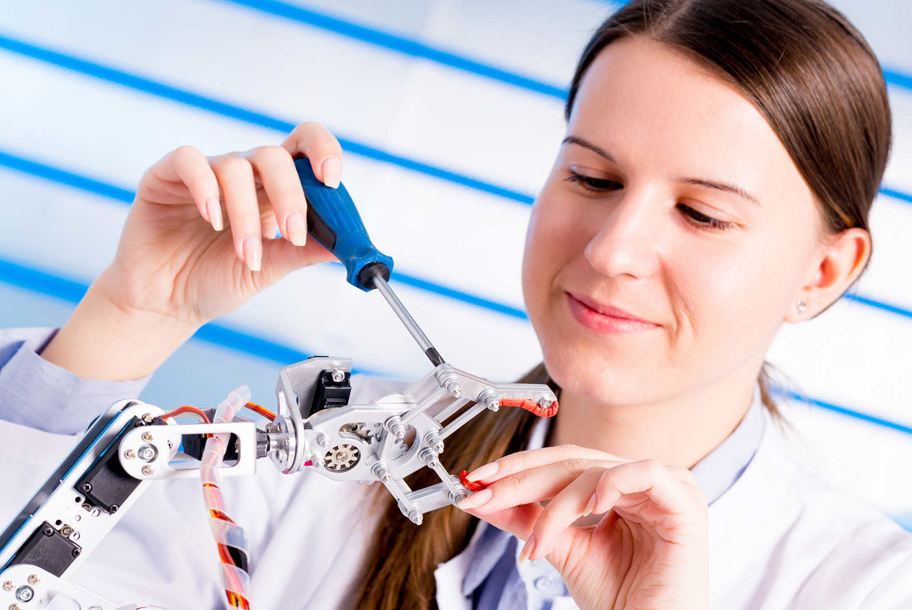What would we make of an industry if it’s not open to new tendencies or ground-breaking ideas? What would we make of an industry if it doesn’t welcome state-of-the-art approaches? What would we make of an industry if it is unable to handle any changes? Fortunately, the Pharmaceutical, Clinical, Medical and Research industry have all acknowledged that progress arrives with innovations, new methods to be used, and alterations to be made. After all, progress is not a constant. It is a process that is focused on the future. It is a process of simultaneously improving the present and proceeding towards what is yet to come. And while advancing towards the future, progress rationalizes fashions that best match what will be in the next couple of years. Same applies to healthcare and the sectors mentioned above. In order to go any further, all of them embrace new movements. So the question here to ask is, what are some of the most surprising trends in clinical trials?
Even though the research field is slow to adopting changes, it is still trying to incorporate techniques (be that through technology or something else) which serve to better research practices or the field itself. In order to shed light on this matter, we offer you a list of 6 trends that reshape healthcare as we know it.
3D PRINTING
Yes, that’s right. 3D printing technology has now entered the game and is transforming into the cutting edge of research and healthcare. Although it may seem a bit unconventional at first, 3D is a trend that is set to reshape traditional approaches and understandings when it comes to clinical trials, healthcare and research. This revolutionary method enables doctors and practitioners to convert data of patients’ organs to 3D-printable digital files which can be easily studied later on. Moreover, 3D printers are also used to print life-size medical devices, functional prosthetics, human organs, nerve cell transplants, custom implants and even drugs. A Pennsylvania-based pharmaceutical company – Aprecia Pharmaceuticals – announced that said its Spritam (levetiracetam) tablets used to treat epilepsy are the first 3D-printed drugs to be approved by FDA. Which is a huge step forward in healthcare and drug development, isn’t it?
COMPUTER- AND ROBOT-ASSISTED SURGERY
Surgical robots aided major advancements in relation to minimally invasive surgery and the ways in which experts perform surgical operations. Compared with other more common approaches, robot- and computer-enhanced surgery delivers more advantages including increased agility, clearer visualization, improved dexterity, more appropriate hand-eye coordination. Most of all, surgeries which appeared to be technically impossible or too challenging can now be carried out faster and more easily.
VIRTUAL REALITY
Combining virtual and augmented reality with medicine is yet another interesting tendency in healthcare and research. Devices such as Oculus Rift, Hololens, Google Goggles or other gadgets specifically designed for the purpose of healthcare are gaining bigger significance than ever before. The usability of such devices give patients the convenience to observe in 3D how a given drug works right in front of their eyes. Instead of reading labels or long explanations, people can actually have it visualized. There is also special augmented reality equipment used in factories where workers complete their tasks under the guidance of such devices. Amazing, isn’t it?
PATIENT EMPOWERMENT
Individuals require more information, which turns them into picky consumers. They want evidence and real-life examples of a specific treatment or drug and its effects. They speak up and ask probing questions. They are given ownership of their own data. These are what we call “empowered patients” or patients who are active and enabled to manage their own health condition. They are observers, listeners and action-takers. On the whole, patient empowerment refers to patients that can choose. WHO explains patient empowerment as “a process through which people gain greater control over decisions and actions affecting their health”. It is both an individual and shared process. Individual because patients can themselves perform a task in a suitable environment. Shared because healthcare providers should explain patients their role, equip them with the necessary skills, and monitor and guide human subjects.
WEB-BASED PORTALS
Portals are gaining more and more value as they become “gateways” to additional data and other systems. What is more, they are great tools for more efficient communication across sites. They allow for secure and consistent exchange of information, contribute to the establishment of a stable study workspace model, inspire teamwork and boost collaboration. Finally, web-based portals are “the new black” because they facilitate the work of both caregivers and patients. Thanks to the role-based dashboards, users can take advantage of things like enrollment metrics, site activities, modules to track certifications or staff changes and more.
MOBILE DEVICES, MOBILE APPLICATIONS AND WEARABLES
The extensive use of mobile devices has long ago jumped beyond the mobile presence in our personal lives. Nowadays, tech developments such as smartphones and wearables are joining the world of research and drug development. Clinicians use them to track patients progress during treatment, send and collect results, perform remote monitoring and more. Patients, on the other hand, receive instant messages, notifications, reminders and vital information.
With all of this being said, clinical research and healthcare continues to develop against a great number of difficulties. With the adoption of new trends, however, the future of these fields seem to be much brighter. Technological advances, the Internet, mobile devices, patient-centricity, these are all factors that drive the change we all wish to see.
You can find a PDF version of this article here: https://crotraining.co.uk/wp-content/uploads/2016/08/6-Interesting-Trends-in-Clinical-Research-and-Healthcare.pdf



